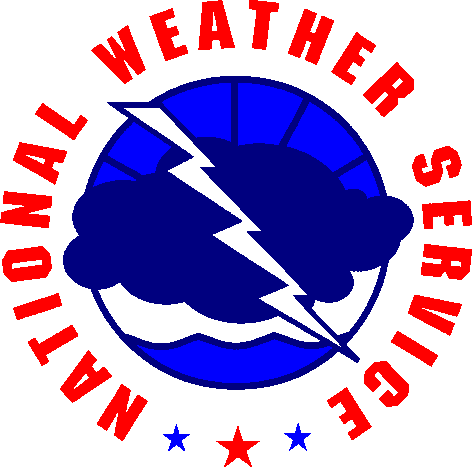When hiking, always be aware of your surroundings and current weather conditions.Don't be so committed to your hike that you refuse to recognize a dangerous situation. Northern Arizona is an incredibly diverse area with may things to do and see. When weather threatens, postponing your hike for a day or two and finding something else to do is a wise decision that could save your life. Be willing to change your plans. Average Temperatures in the Inner Canyon
. Before you begin any hike ALWAYS CHECK THE WEATHER FORECAST. Watch continually for changing weather conditions during your hike. Average temperatures, weather information, and road conditions can be found on the Weather Conditions page. The National Park Service urges SPECIAL CAUTION for all hikers during the summer months. Daytime highs can potentially top 120F. These temperatures are beyond unpleasant or uncomfortable-they are, in fact, dangerous and if you fail to factor the heat into your plans the results could be tragic. Visit Summer Hiking - Hike Smart for more info.
Lightning
Rock Falls

NPS Photo/M. Jenkins Flash Floods
Flash floods, which have been described as "more water than you want in less time than you have," are common in Northern Arizona. This is because the arid, sparsely vegetated environments found in this area have little capacity to absorb rainfall. The resulting runoff moves rapidly through the narrow canyons and steep terrain found throughout Northern Arizona. In many areas, even small storms can turn normally dry streambeds into raging torrents of water in a matter of minutes. A flash flood can travel miles beyond the rainfall that generated it, catching unwary hikers and motorists by surprise. Loading weather forecast... 
HIKE SMART - For a safe and enjoyable hike prepare for your hike before you arrive:
Additional backcountry info can be found on the following webpages. |
Last updated: March 12, 2025

